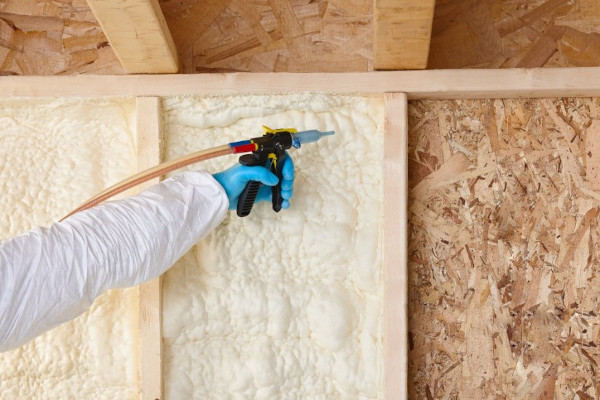Original article by: BUILDER Online
The updated spray foam insulation delivers a global warming potential reduction of more than 99% compared with previous editions.
DuPont has reformulated its Froth-Pak two-component polyurethane spray-foam insulation, eliminating hydrofluorocarbon (HFC) blowing agents and reducing the product’s overall global warming potential by over 99% compared with current formulations.
The product was created in accord with DuPont’s 2030 Sustainability goals, and is compliant with currently enacted and draft U.S. State HFC and Canadian GWP regulations. Its greenhouse gas reductions match the goals of the Paris Climate Agreement, operating on a more aggressive timeline than the Kigali Amendment to the Montreal Protocol.
The new Froth-Pak formulation includes no ozone-depleting chemicals, and offers improved curing times, reduced overspray, and improved closed cell content. According to the manufacturer, when combined with an HVAC system, the application of Froth-Pak spray foam can improve indoor air quality and reduce dust and allergen penetration in a given space.
“We are committed to the transition to more sustainable buildings while ensuring our products continue to deliver the high level of performance our customers trust and expect,” says Amy Radka, retail marketing director for DuPont Performance Building Solutions.
Froth-Pak is available in a variety of options and sizes, including Froth-Pak Spray Foam Insulation, a Class A fire rated foam insulation made for use in cavities, penetrations, cracks in rim joists, roof wall junctures, and around pipes and ducts up to 2 inches thick; and Froth-Pak Spray Foam Sealant, designed to fill penetrations and cracks in rim joists, roof wall junctures, and around pipes and ducts between 2 and 4 inches wide. dupont.com

